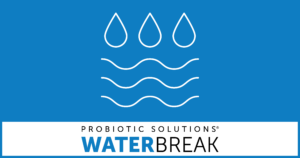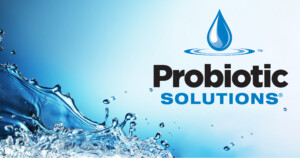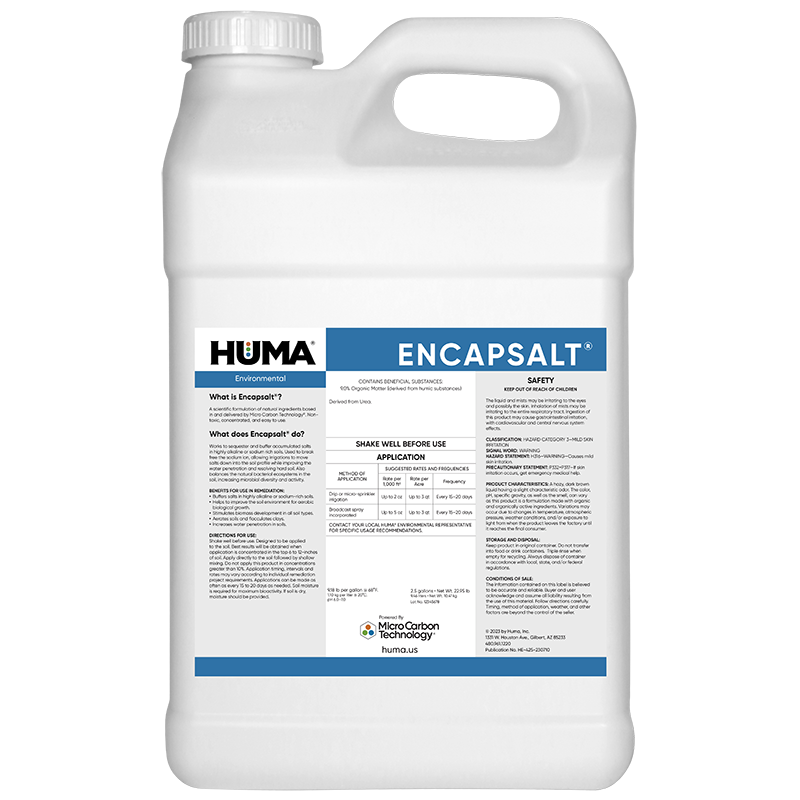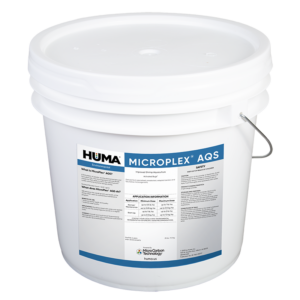Encapsalt® (HE)
Benefits of Use:
- Buffers salts in highly alkaline or sodium-rich soils
- Helps to improve the soil environment for aerobic biological growth
- Stimulates biomass development in all soil types
- Aerates soils and flocculates clays
- Increases water penetration in soils
Treats the Following Problems:
- Salt damage in soil
- Anaerobic soil conditions
- Low soil organic matter
- Poor water penetration
FAQs
Related Products
Related Case Studies

Bio Energizer® Reduces Sludge 45% In One Year, Saves Municipal Plant $6 M In Dredging Costs
Summary In this study, a one-year bioremediation plan featuring Bio Energizer® was implemented for a municipal wastewater treatment facility with 2 primary lagoons in which sludge depths had reached 5–7 feet. The lagoons were at risk of upset and wastewater processing capacity was reduced. Sludge levels were measured at baseline and quarterly. Sludge depth was

Lagoon Study Shows Sludge Layer Biologically Active and Responsive to Reduction Using Bio Energizer®
Summary In this study, a one-year bioremediation plan was implemented for a municipal wastewater treatment facility with 2 primary lagoons that were at risk of upset and in which wastewater processing capacity was reduced due to an increased sludge layer. Specific changes in strata microbial life were tracked through ATP and DNA analysis at quarterly

Bio Energizer® Reduces Sludge at Small Municipal Facility
Problem A small town in Utah (pop. 1,800) had a municipal wastewater system with a flow rate of 192,000 gallons per day. The system included a series of four lagoons that tapered to a depth of 6 feet, although at this time only Ponds 1 and 2 were being evaluated for treatment as they were
Related Blog Posts

The Water Break Podcast, Episode 26: Master Plans—A Vision for the Future
“Where We Bridge the Gap Between Water Plant Operators and Engineers” In The Water Break Podcast Episode 26, Heather Jennings, PE, discusses Water and Wastewater Facility Master Plans with guest Devan Shields, Project Engineer at Sunrise Engineering in Fillmore, Utah (phone 435.562.4086). Mr. Shields develops water and wastewater infrastructure solutions that include master plans, designs,

Up to 85% Solids Destruction Achieved Using BIO ENERGIZER®
By Heather Jennings, PE The wastewater treatment facility operators at a city in Missouri wanted better digester performance. They needed a better settling sludge and a higher volume of decants, as well as more room to waste sludge within their existing digesters. The options to dispose of the digested sludge were becoming more and more

BIO ENERGIZER® Reduces Sludge 45% In One Year, Saves Municipal Plant $6 Million In Dredging Costs
by Heather Jennings, PS In this study, a one-year bioremediation plan featuring Bio Energizer® was implemented for a municipal wastewater treatment facility with 2 primary lagoons in which sludge depths had reached 5–7 feet. The lagoons were at risk of upset and wastewater processing capacity was reduced. Bio Energizer® was added via peristaltic pump to






